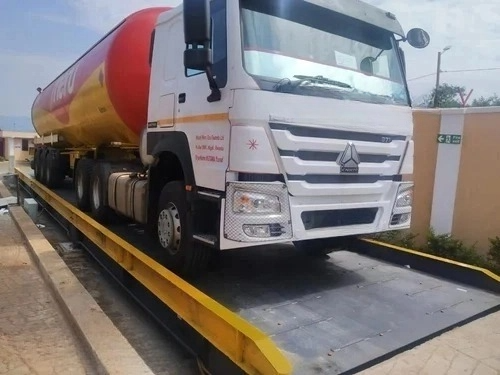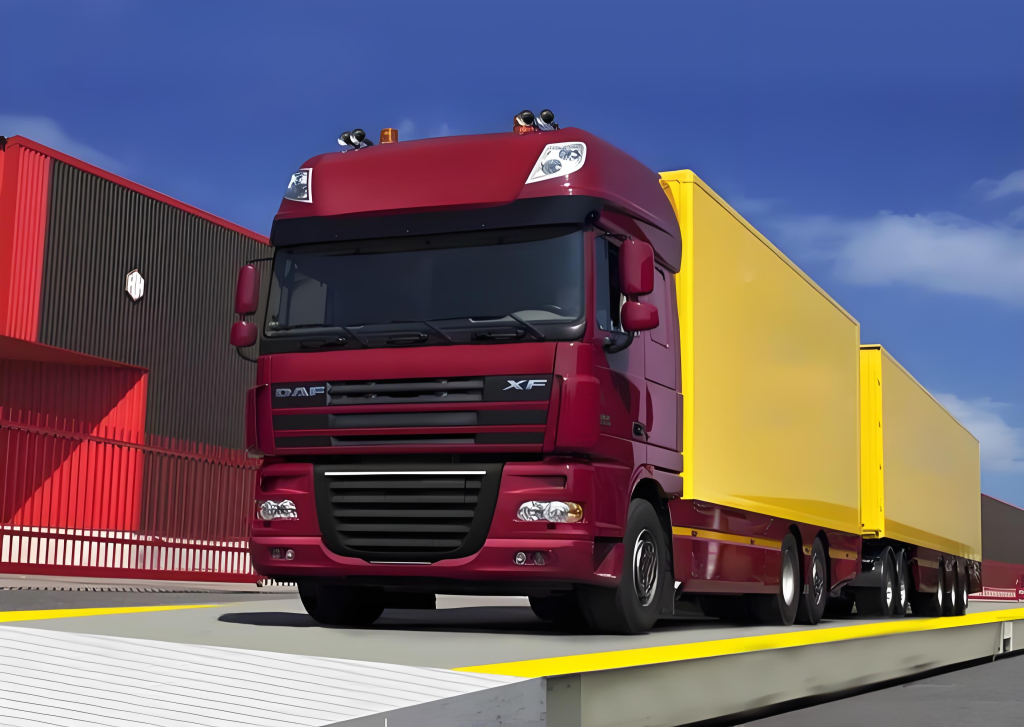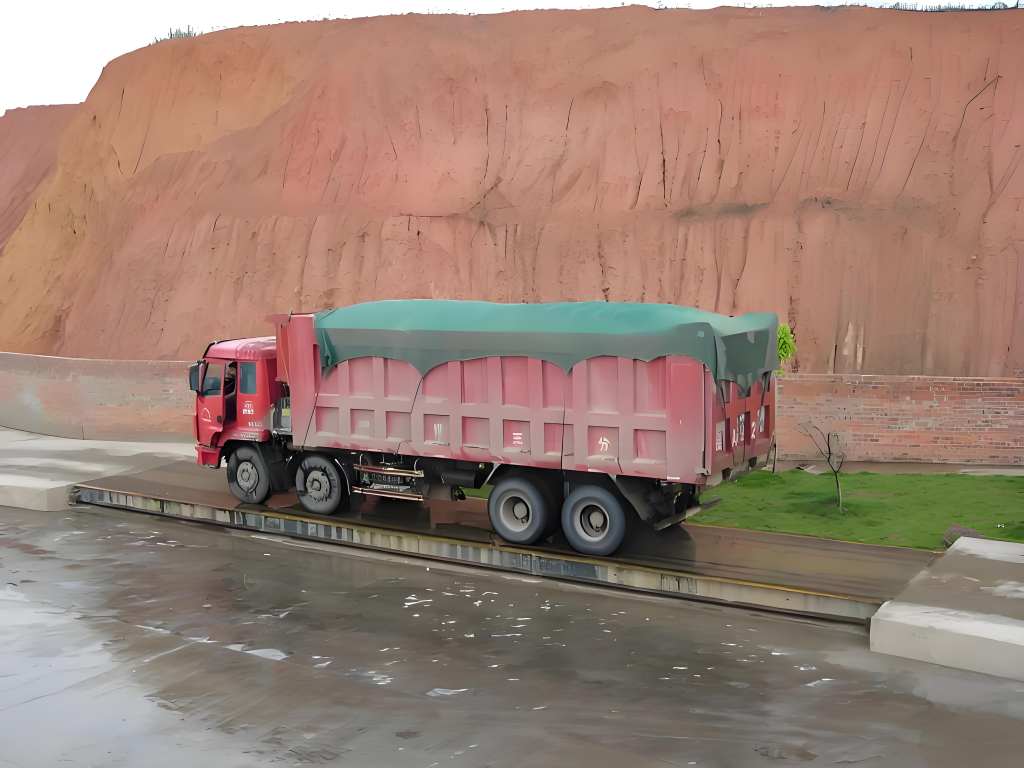How Do We Utilize Belt Scale in Construction and Mining?
Every year, the construction and mining industries move billions of tons of material, from raw ore to finished concrete. Inaccurate weighing can lead to cost overruns, safety hazards, and compromised product quality. This is where belt scales come into play. Belt scales are sophisticated weighing systems that are integrated directly into conveyor belts, providing a continuous and accurate measurement of material flow. Essentially, they weigh the material passing over the conveyor belt and, combined with belt speed, calculate the flow rate and totalized weight.
This seemingly simple concept has profound implications for industries that rely on precise material handling. The importance of belt scales lies in their ability to provide accurate inventory management, enable precise process control, optimize loading operations, generate significant cost savings, and contribute to a safer working environment. This article will delve into the various applications and benefits of belt scales in both the construction and mining sectors, demonstrating their crucial role in optimizing operations and driving efficiency.
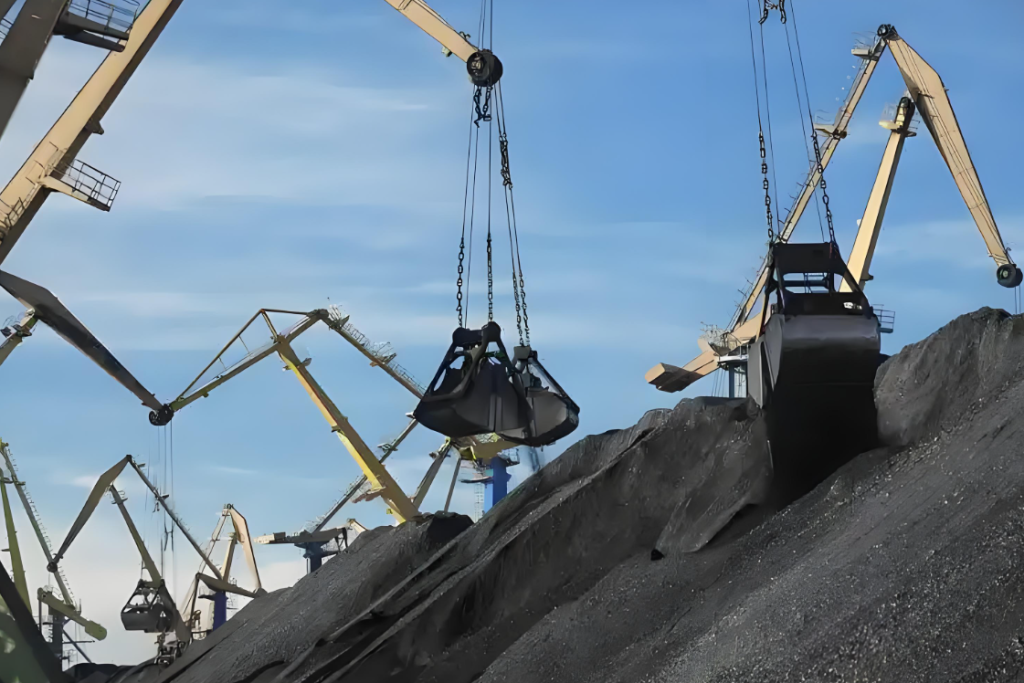
Belt Scale Technology
Belt scales come in various configurations, each designed to suit specific applications and conveyor belt setups. The most common types include:
Single Idler Belt Scales: These are the simplest and most economical type, ideal for applications where moderate accuracy is sufficient and belt loading is relatively consistent. They typically have a single idler (roller) in the weighing area.
Dual Idler Belt Scales: Offering improved accuracy over single idler scales, dual idler systems are suitable for applications with higher flow rates and more demanding weighing requirements. They utilize two idlers in the weighing area.
Four Idler Belt Scales: For the highest level of accuracy and performance, four idler belt scales are employed. These systems are used in critical applications where precise measurement is essential, such as in mining operations and material processing plants. They have four idlers within the weighing zone.
Low-Profile Belt Scales: Designed for conveyors with limited space or where headroom is restricted, these compact scales offer a solution for situations where traditional belt scales might not fit.
Components:
A typical belt scale system consists of several key components:
| Weigh Bridge | This is the mechanical structure that supports the conveyor belt and the weighing idlers. It is designed to accurately transfer the force of the material to the load cells. |
| Load Cells | These are the heart of the system, precisely measuring the weight of the material on the weigh bridge. |
| Speed Sensor | This device measures the speed of the conveyor belt, which is crucial for calculating the flow rate. |
| Electronics/Indicator | This unit receives signals from the load cells and speed sensor, performs the necessary calculations, and displays the flow rate and totalized weight. It may also provide communication interfaces for data transfer to other systems. |
Accuracy and Calibration:
The accuracy of a belt scale is influenced by several factors, including the type of scale, the quality of the components, the installation conditions, and the material being conveyed. Regular calibration is essential to maintain accuracy. Calibration involves applying known weights to the scale or using a test chain to simulate material flow and adjusting the system’s electronics to ensure accurate readings. Proper installation, including correct alignment of the weigh bridge and proper tensioning of the conveyor belt, is also critical for optimal performance.
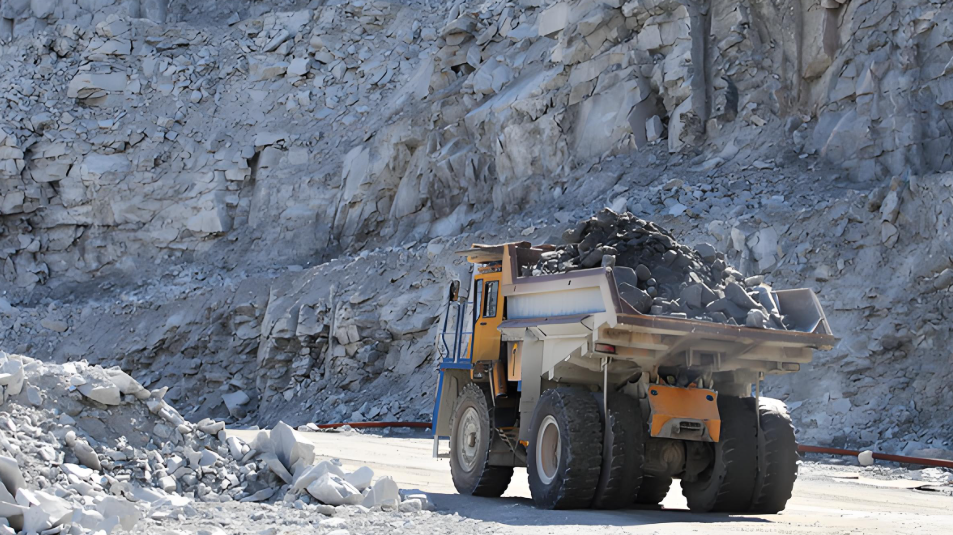
Applications in Construction
Belt scales play a vital role in various construction applications, contributing to efficiency, cost-effectiveness, and quality control:
Aggregate Production: In concrete production, road construction, and other applications requiring aggregates (sand, gravel, crushed stone), belt scales are essential for precise measurement and control of material flow. They ensure that the correct quantities of each aggregate type are used, leading to consistent mix designs and structural integrity. By accurately measuring the aggregates being conveyed, producers can optimize their crushing and screening operations, minimizing waste and maximizing output. This also enables better inventory management of these crucial materials.
Material Loading and Inventory Management: Belt scales provide the means to precisely measure the material being loaded, preventing both overloading (which can lead to fines and safety hazards) and underloading (which results in lost revenue and inefficient transportation). This precise measurement also greatly improves inventory control. Construction managers can have real-time data on the quantities of materials received, used, and remaining on site, facilitating better planning and procurement.
Batching and Mixing: Whether it’s concrete, asphalt, or other construction materials, precise proportions of different components are essential for achieving the desired properties. Belt scales play a critical role in ensuring these precise proportions. They accurately measure the flow of each ingredient (cement, aggregates, water, additives, etc.) into the mixer, guaranteeing consistent mix designs and high-quality end products. This is particularly important in concrete production, where the strength and durability of the concrete depend on the precise ratio of ingredients.
Waste Management: Construction projects generate significant amounts of waste. Belt scales can be used to monitor and manage this waste stream. By measuring the amount of waste being removed from the site, contractors can gain insights into waste generation patterns, identify areas for improvement, and optimize waste disposal processes. This can contribute to cost savings and environmental sustainability.
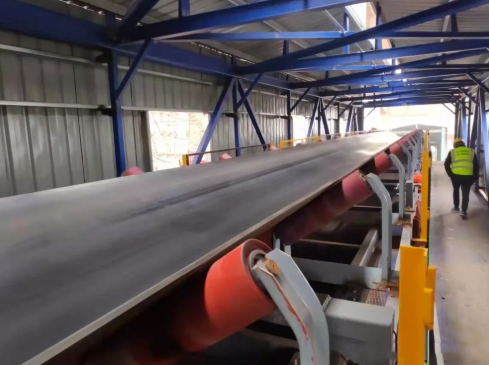
Applications in Mining
The mining industry relies heavily on belt scales for efficient and accurate material handling throughout the entire process, from extraction to processing:
Ore Processing: In the various stages of ore processing, including crushing, grinding, and flotation, belt scales are indispensable for measuring and controlling the flow of ore. Accurate measurement is crucial for optimizing these processes, ensuring consistent product quality, and maximizing the recovery of valuable minerals. For example, in grinding circuits, belt scales can help control the feed rate of ore to the mills, ensuring optimal mill performance and preventing overloads. They also provide data for process control systems to automatically adjust parameters for maximum efficiency.
Concentrate and Tailings Measurement: Accurate measurement of both valuable concentrates and waste tailings is essential in mining operations. Belt scales provide the necessary precision for this task. For concentrates, accurate measurement is crucial for determining the quantity and value of the final product. For tailings, precise measurement is important for environmental monitoring and management. Accurate tailings measurement allows mining companies to track the amount of waste being generated, optimize tailings disposal strategies, and ensure compliance with environmental regulations.
Mine Haulage: Belt scales play a key role in optimizing truck and railcar loading. By accurately measuring the material being loaded, belt scales prevent overloading, which can lead to safety hazards, vehicle damage, and fines. They also prevent underloading, which results in inefficient transportation and lost revenue. Optimized loading improves overall haulage efficiency and reduces transportation costs. This also contributes to improved safety on mine sites.
Stockpile Management: Belt scales can be used to monitor and manage these stockpiles. By measuring the material being conveyed to and from the stockpile, mine operators can accurately track inventory levels, optimize stockpile layout, and prevent shortages or surpluses. This data is crucial for production planning and helps to maintain a steady and reliable flow of ore to the processing plant. Accurate stockpile management also minimizes material losses due to weathering or contamination.
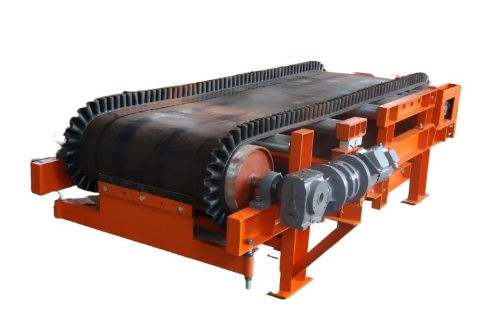
Benefits of Using Belt Scales
The advantages of using belt scales in construction and mining are numerous and far-reaching:
Improved Accuracy and Efficiency: The core benefit of belt scales lies in their ability to provide precise and continuous measurement of material flow. This accuracy translates to significant improvements in process control, inventory management, and cost reduction. Precise measurements enable operators to fine-tune their processes, ensuring consistent product quality and minimizing variations. Accurate inventory management reduces the risk of stockouts or overstocking, optimizing working capital. And, of course, accurate measurement is fundamental to cost control, as it minimizes material waste and ensures that customers are billed correctly.
Cost Savings: The accurate measurement provided by belt scales directly contributes to significant cost savings. Minimizing material waste reduces the need to purchase additional materials, saving money and resources. Optimized loading of trucks and railcars reduces transportation costs by maximizing payloads and minimizing the number of trips required. Improved process control leads to higher product yields and reduces the need for rework or reprocessing. All of these factors contribute to improved overall profitability.
Enhanced Safety: Belt scales contribute to safety by preventing overloading of trucks and railcars, which can lead to accidents and damage. Accurate material flow measurement also helps to prevent spills and other material handling incidents. By providing real-time data on material flow, belt scales enable operators to identify and address potential problems before they escalate, further enhancing safety.
Data Collection and Reporting: Modern belt scales are often equipped with advanced electronics and communication interfaces, allowing them to integrate seamlessly with data acquisition systems. This enables real-time monitoring of material flow, providing valuable insights into process performance. The collected data can be used to generate reports on production, inventory levels, and other key metrics, facilitating better decision-making and process optimization. This data can also be used for predictive maintenance, helping to prevent equipment failures and downtime.
Environmental Benefits: The use of belt scales also offers several environmental benefits. Optimized material usage reduces the consumption of raw materials and minimizes waste generation. Accurate measurement of waste streams allows for better waste management and recycling efforts. By preventing spills and other material handling incidents, belt scales help to protect the environment from contamination. These factors contribute to a more sustainable operation and help companies to meet environmental regulations.
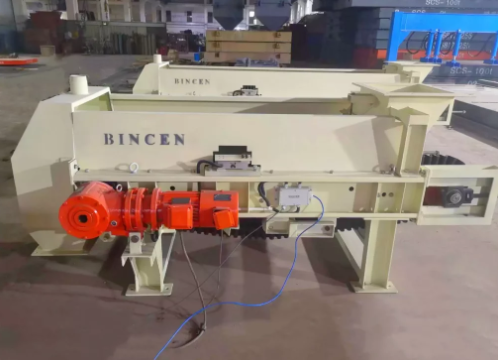
Summary
Belt scales are indispensable tools in both the construction and mining industries, providing accurate and continuous measurement of material flow. The benefits are substantial, including improved accuracy and efficiency, significant cost savings, enhanced safety, valuable data collection and reporting capabilities, and positive environmental impacts.
If you also need the belt scales for your construction and mining industry, please contact the scale supplier Bincen for more product information.


